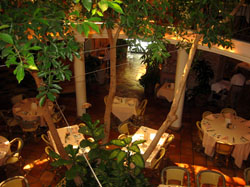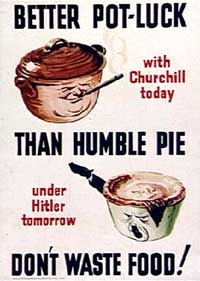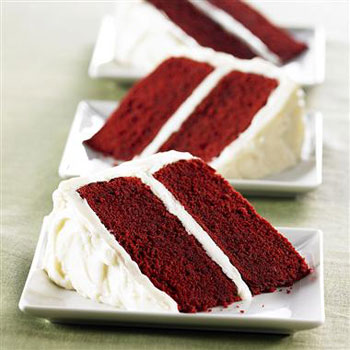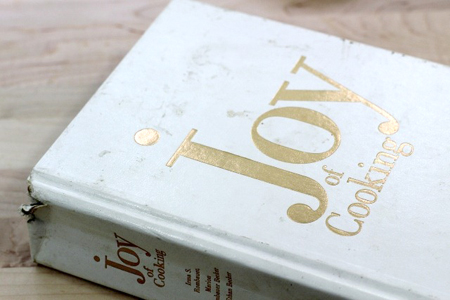 Built in 1933, the handsome round red brick building was called "La Ronda de las Estrellas" (the round court of the stars) which provided Westwood village with its early identity. On the south wall of La Ronda (on the Lindbrook drive side) is a hand painted fresco (now faded) of a maid and a man of old Spain, playing his guitar, painted by artist, Margaret Dobson, who flew in from France to do the work, when the building was erected.
Built in 1933, the handsome round red brick building was called "La Ronda de las Estrellas" (the round court of the stars) which provided Westwood village with its early identity. On the south wall of La Ronda (on the Lindbrook drive side) is a hand painted fresco (now faded) of a maid and a man of old Spain, playing his guitar, painted by artist, Margaret Dobson, who flew in from France to do the work, when the building was erected.
La Ronda was open in the center like a doughnut and several little businesses were housed inside the ring. The first little restaurant established in the Village, called the Talk Of The Town, was housed in what we now call the Studio (where everyone wants to sit, particularly the celebrities). Additionally, there was a childrens boutique called Dina Carroll which offered expensive childrens clothing from Europe and a fine stationery store called Hazel Crist that is situated in what is now our Kitchen.

 My mother, having fallen down the stairs and broken her leg on June 8, has left the hospital and moved to something called a Sub-Acute Rehab Facility. I believe, based on keen observation, that that means “not as bad as being in the hospital but we will still wake you in the night to take your vitals and you will still have a roommate who watches game shows all day long at a volume calculated to shatter Plexiglas.” It also means that the food is still bad.
My mother, having fallen down the stairs and broken her leg on June 8, has left the hospital and moved to something called a Sub-Acute Rehab Facility. I believe, based on keen observation, that that means “not as bad as being in the hospital but we will still wake you in the night to take your vitals and you will still have a roommate who watches game shows all day long at a volume calculated to shatter Plexiglas.” It also means that the food is still bad. In the thirty years I lived in Los Angeles, I experienced a wide
array of social gatherings including a séance, a cocktail party in a
cancer ward and an evening of Pictionary at the home of the late Don
Knotts. But, I never went to a pot-luck dinner.
In the thirty years I lived in Los Angeles, I experienced a wide
array of social gatherings including a séance, a cocktail party in a
cancer ward and an evening of Pictionary at the home of the late Don
Knotts. But, I never went to a pot-luck dinner.
 As my birthday approaches I can't help but think of my sisters - I'm the middle one - and my maternal grandmother. My sisters and I are born two years apart, with our birthdays all in the last week of September. If you do the math, I guess one can blame the joyful spirit of the holidays on the closeness of the timing.
As my birthday approaches I can't help but think of my sisters - I'm the middle one - and my maternal grandmother. My sisters and I are born two years apart, with our birthdays all in the last week of September. If you do the math, I guess one can blame the joyful spirit of the holidays on the closeness of the timing.
